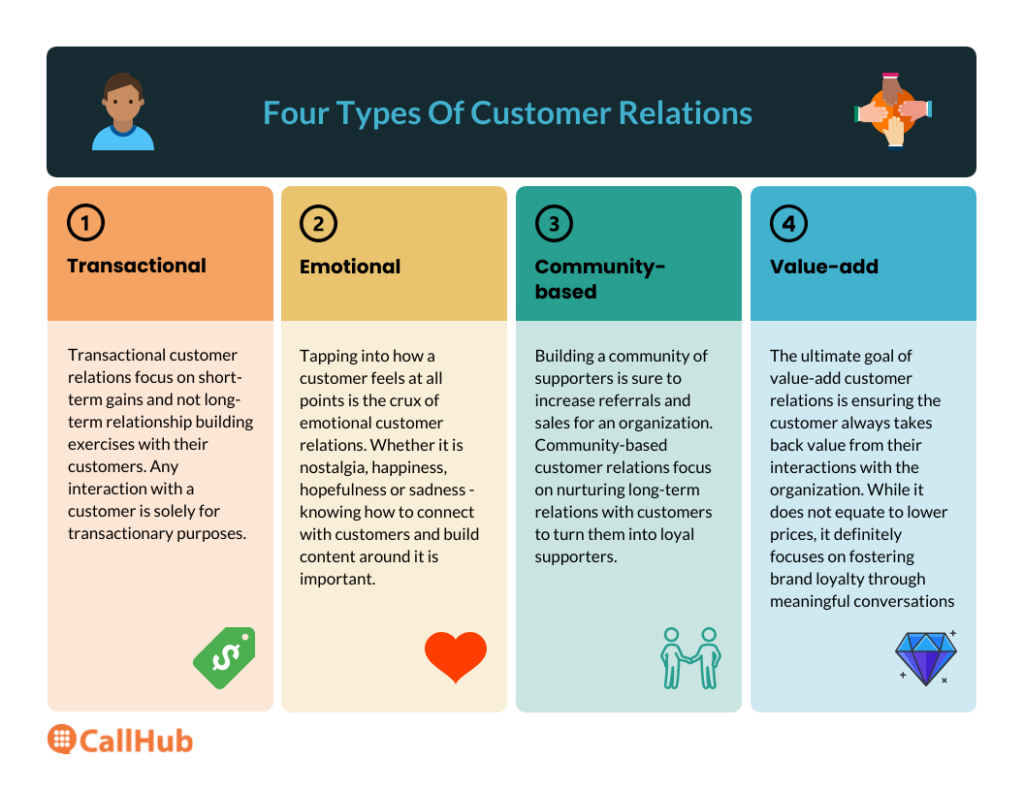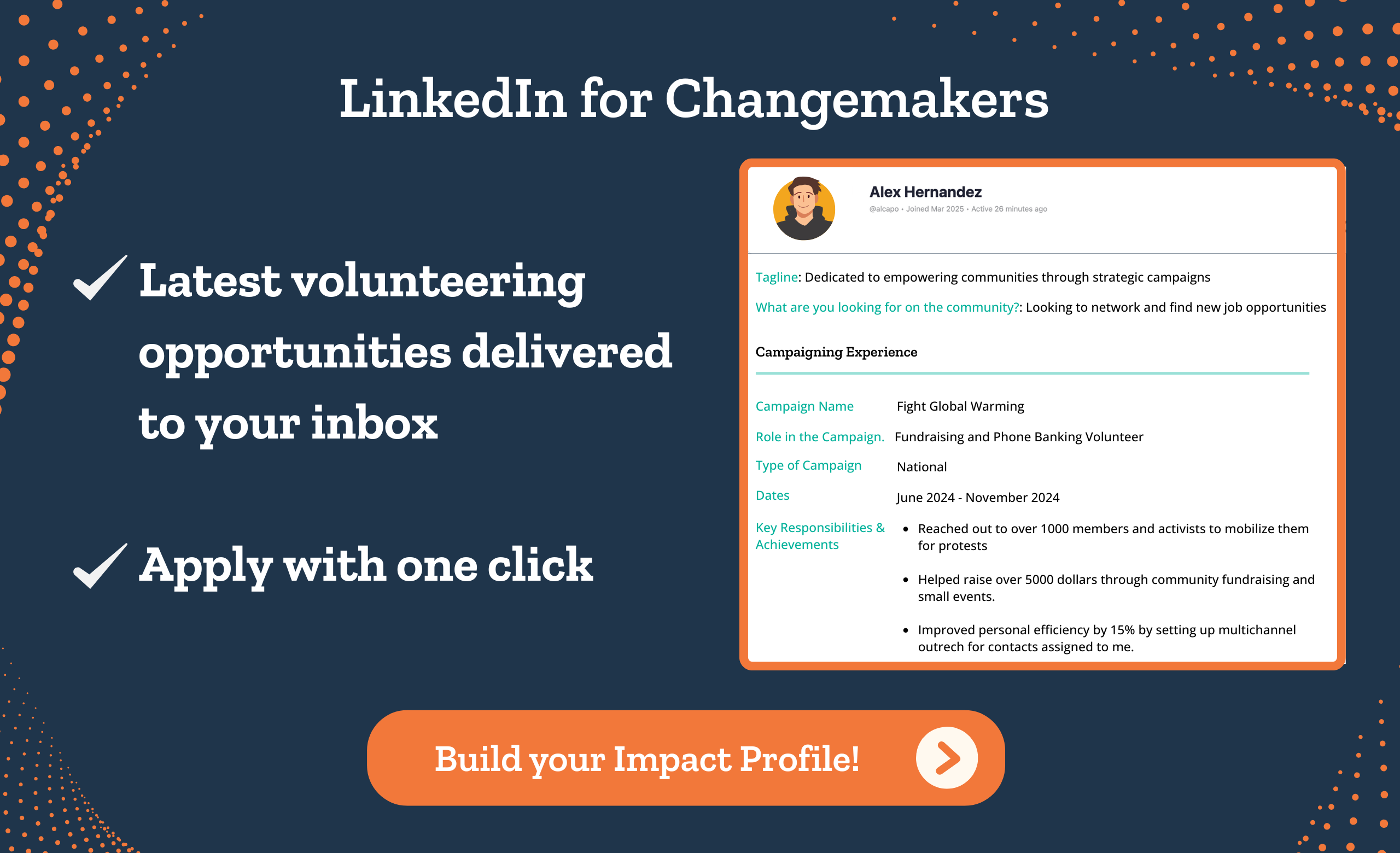Table of Contents
Why do you need to strive to improve customer relations constantly?
Because as many as 59% of customers in the US will walk away from a company after a few bad experiences, and 17% after just one bad experience (even if they love the brand or product).
Ouch!
68% of customers leave because they believe a company does not care about them. And average customer acquisition costs? They can range anywhere from $50-$2000!
A focus on customer relations is imperative to avoid such expensive pitfalls in your business, no matter which stage you are at. This article explores customer relations, benefits, and how you can create a winning customer relations strategy.
What is ‘customer relations’?
The relations that a business builds with its customers and how it treats them form the essence of customer relations. This can include solutions to short-term issues or long-term strategies to keep your customer engaged.
In the short-term, customer relations can help you build trust with new customers, make an impression on them and gain supporters.
Long-term strategies help you prevent large-scale marketing costs, bring you good reviews and ensure you have a steady stream of customers.
Why are customer relations important?
In the day and age of reviews, your customers are the most essential part of your business and its financial well-being. From food orders to furniture purchases and vacation stays – every purchase decision is driven by customer reviews.
13% of unhappy customers say that they are most likely to share their bad experiences with other people. One bad review can potentially send your business into a downward spiral and ruin your reputation in the market. It is estimated that one single-star review has the potential to make you lose upto 10% of new customers – Yikes!
On the other hand, positive reviews and word-of-mouth advertising? Decisive wins for your business. They build trust amongst your customers and offer social proof that you are good at what you do.
Therefore, as much as your sales, marketing, PR, and branding strategies are imperative to the success of your business, customer relations are an absolute necessity. No matter how great your product or service or the problem it is solving – if you do not deploy a customer-centric strategy for your business, you will have a tough time with sales.
How to approach customer relations
There are primarily two ways in which you can approach your customer relations strategy–
- Reactive customer relations.
- Proactive customer relations.
Let’s know these in detail. But before that, know the different types of customer relations you can target–

Reactive customer relations
When a customer approaches your organization with a problem, and your team helps them out, that is referred to as reactive customer relations. It could be a query to resolve, a product feature they cannot figure out, payment issues, or more. You are building reactive customer relations when you actively provide solutions to incoming questions.
Proactive customer relations
Proactive customer relations, on the other hand, refer to long-term relationship-building exercises. You could reach out to your customers to ask for their feedback on your product or service, conduct surveys to understand the market sentiment, or share information about new products and features.
Customer service vs. customer relations: What’s the difference?
On the surface level, customer service and customer relations sound synonymous. Both are centered on serving customers and meeting their needs in the best possible manner. So is there a difference between the two?
For starters, customer service is the support an organization provides to its customers and is almost expected by customers nowadays. It is an inbound activity that is a reaction to any incoming query by the customer. The focus of customer service is customer success.
While it may seem similar to reactive customer relations, the main goal of customer service is solving issues, while customer relations focus on building brand loyalty and engagement.
Customer relations are part of a larger strategy by an organization to keep customers engaged for an extended period. It can be an outbound or inbound activity. The focus of customer relations is customer retention and engagement.
Benefits of excellent customer relations
Now that we’ve understood customer relations, how to approach them, and the difference between customer relations and customer service, it is time to discover what the fuss is all about! What are the benefits of customer relations?
Well, we found out some–
- Increased customer retention
- Customer satisfaction
- Build brand loyalty
- Happy customers = more sales
Let’s explore these in detail.
Customer retention
Customer relations have a direct impact on retention.
Think about it, to convince and convert a new prospect into a customer is incredibly hard. While convincing someone who has already tried and tested your product or service is relatively easy. They’ve bought into your offering once and are more likely to do it again if they have a good experience.
Studies suggest that an existing customer is 60-70% more likely to buy from an organization, while a new customer is only 5% to 20% likely to make the decision to buy.
Developing a good relationship with your customers gives you the gateway to future pitches and repeat customers. Also, it’s good on the pocket too, if you do not have to spend precious dollars on acquiring new customers at all times.
Increased customer satisfaction
Customer satisfaction is directly related to how happy customers are with a company’s products and services. It lets an organization know the areas in which they can improve and the areas that are working well for them.
Customer satisfaction is greatly responsible for the kind of recommendations your organization receives. 94% of consumers who give a company a “very good” customer satisfaction rating are highly likely to recommend it to others.
A customer relations strategy can proactively tackle customer satisfaction by reaching out to customers and understanding how they feel about your business. It stops customers from dropping off simply because they are unhappy with one aspect of the business.
Increased brand loyalty
Why would a customer want to stop doing business with a company offering great products and better customer relationship building?
People love to know that they’ve made a good purchase decision. The factors that add up are–
- How customers are treated.
- How their queries are handled.
- Your curiosity to know how you can do better.
These together build brand loyalty so that your competitors cannot entice your loyalists away from your business.
Happy customers = more sales.
In a typical scenario, a sale is not the result of one interaction with a customer. It is repeated contact, countless follow-ups, phone calls, and continuous efforts to build a strong relationship that results in a sale.
Building a long-term relationship-focused strategy is the key to success when it comes to sales.
Happy customers also give you an insight into the ideal customers for your product or service. You can seek out customers similar to them to boost your sales cycle.
Build a winning customer relations strategy
We’ve listed steps with which you can build a winning customer strategy–
- Identify your customer groups and their needs: You can identify your ideal customers in two ways. First, look at your existing customers and identify common patterns between all of them. Do they belong to a particular age group, location, gender, income level, etc.? This will give you valuable insights into people most likely to engage with you.
You can also run a market research campaign to identify customer groups interested in your product or service. You can run phone or text surveys to reach the general population and gather information on your sector.
Read Also: What is the Right Way to Conduct Online Market Research? All the Techniques Explained
- Learn what your competitors are doing: Frequently, the best people to inform us about our strategies are the ones sailing in the same boat, that is, your competitors. Observe keenly how your competitors maintain customer relations, why their customers (and your potential customers) are attracted to their business, and what you can learn from it.
Implement any of their customer relations strategies that you find relevant. Figure out gaps in their customer relations and think about how you can solve those issues for your business.
- Train your employees: Your employees are the face of your business. Ensuring that they are aligned with your company’s core values will ensure that customers know what you stand for.
Train your employees on soft skills such as active listening, communication, etc., and how to approach customer relations. This will ensure that every person from your organization that a customer comes in contact with makes them feel good about your company.
- Provide for self-service: Self-service is the growing need of the hour. Customers are so used to instant resolution for their problems that they may not always have the patience to wait for agents to solve them. Giving them options of live chat automates responses, IVR menu, etc., can help expedite the speed at which customers are served.
- Create a proactive outreach strategy: Before a customer reaches a stage of dissatisfaction, ensure your teams reach out to them. Welcome new customers, engage with old customers, and retain them through SMS and phone outreach. Share promotional emails. Engage with customers on social media where you can run contests for them. Create and distribute surveys for customers to easily share feedback anonymously if necessary.
- Be accessible: Ensure customers do not have to dig through different websites online and find a toll-free number that keeps them on hold for hours. If customers cannot reach you in their time of need, they will be frustrated with their experience.
Be accessible to customers by listing your business contact details online and providing different platforms through which they can reach you.
- Create a customer-centric culture: A customer-centric culture is built when every company employee knows their exact role in creating it. Find out each stage of a sales cycle where you could find opportunities to delight your customers and make the most of it.
What’s next?
Customer relations are central to the well-being of your business. However, managing it without help is an uphill task. CRM software is your perfect partner in sketching out and outlining the process of building winning customer relations. Read our article Why You Need Customer Relationship Management Software to know more.
Featured Image Source: Andrea Piacquadio

